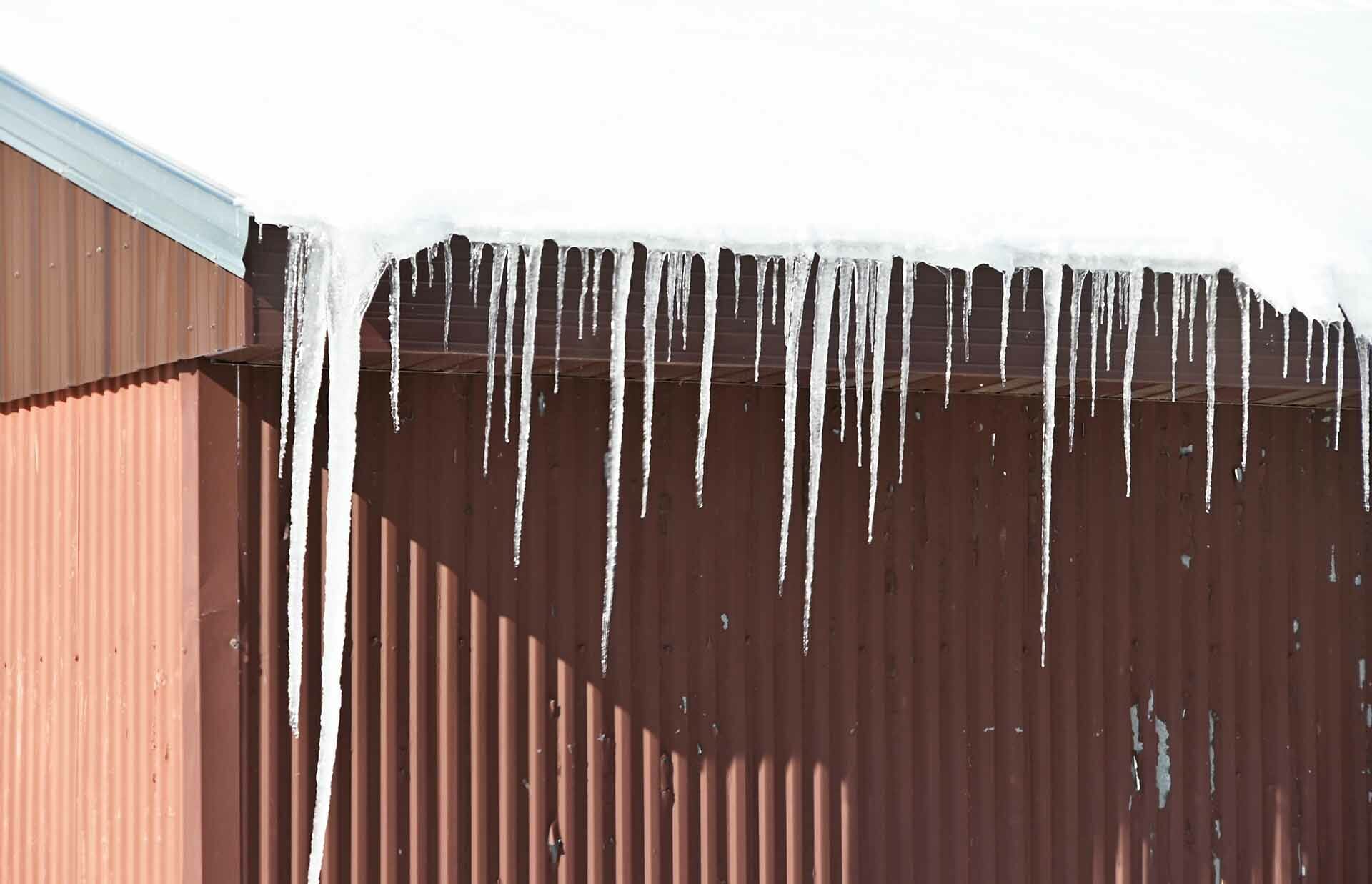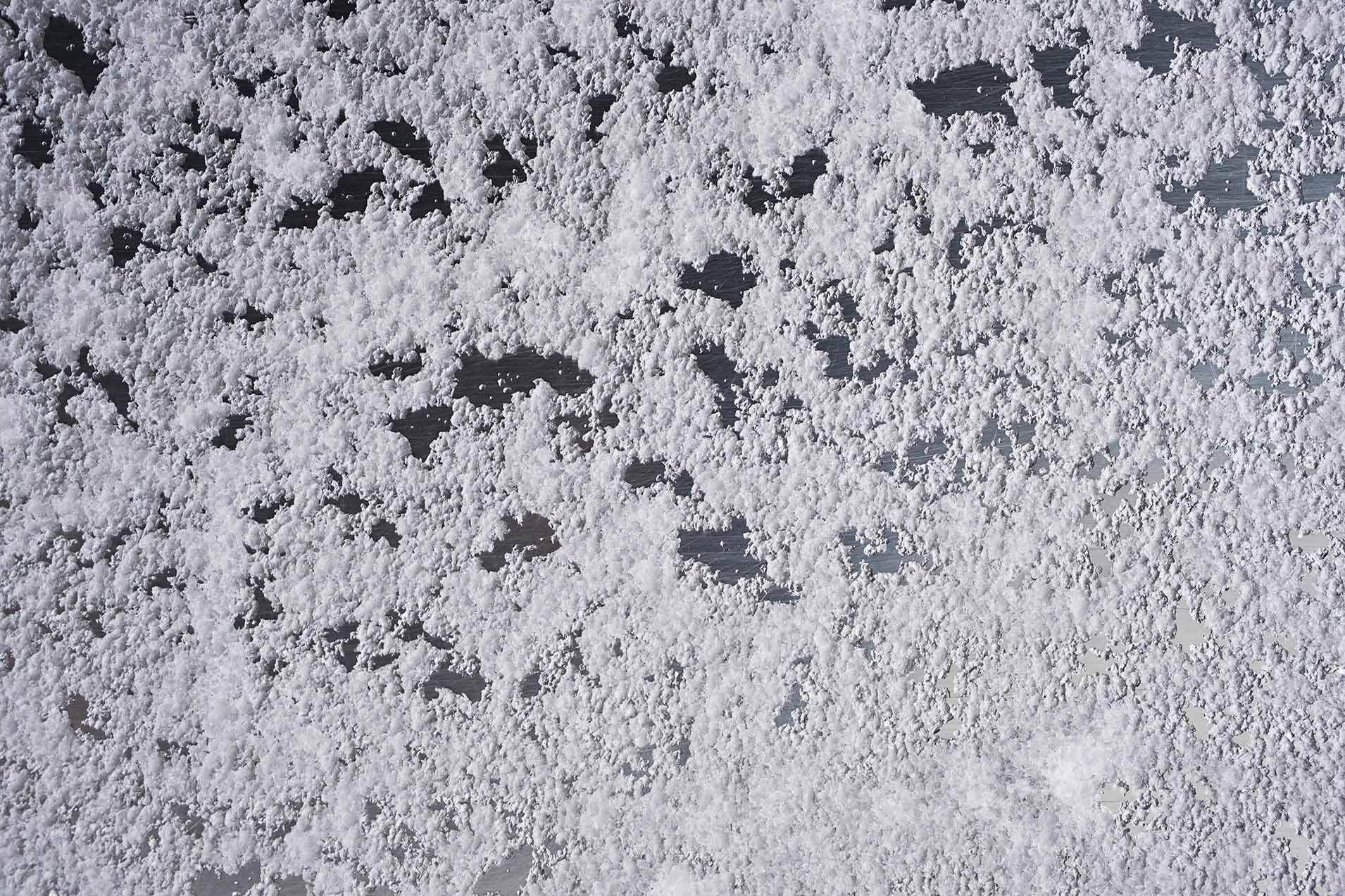
CALCULATING THE IMPACT OF HEAVY SNOWFALL ON PREFAB METAL BUILDINGS
Heavy snowfall can be an issue for any property owner, but if you’ve invested in a steel building, snow is less of a problem. However, heavy snowfall does come with its own set of risks and challenges that need to be taken into account when calculating heavy snow loads on your roof. This blog post will cover snow load calculations for metal buildings as well as the effect snow has on different types of roofs.
WHAT IS SNOW LOAD?
Snow is a serious issue for steel building owners. See how to determine snow load and why it’s a critical part of your building’s design.
The snow is beginning to fall and the snow load on your steel building’s roof is important. Snow loads can be complicated as there are several factors that come into play, including snow type, snow weight, and the shape of your steel building’s roof.
Snow load is the downward force created by the weight of snow and ice accumulation on a roof. Even well-designed and constructed steel structures in good condition might fail if the snow on your roof exceeds the weight they were intended to manage. It’s important for building owners and structural engineers to know how much snow their buildings can handle in order to prevent any unwanted damage or accidents due to snow.
HOW MUCH SNOW CAN A STEEL BUILDING HANDLE?
Snow loads are typically expressed in pounds per square foot (PSF). As snow accumulates on a roof, the load increases. In order to get an accurate snow load estimate for your steel building’s roof, you need to determine what type of snow is falling and how heavy that snow is—both factors affect the weight being placed on your roof.
It is important to note that your local building code office will have a wealth of information on requirements and average snowfall for your area. The national weather service is also a great resource for information on average snowfall, wind loads, and other data that will be helpful when planning your building design and construction project.

HOW TO CALCULATE YOUR STEEL BUILDING ROOF’S SNOW LOAD
Knowing the structural limitations of your property can save you money on snow-related structural failure, damage, and repair expenditures as well as endangerment to the occupants and passers-by. This requires a thorough knowledge of the load your roof can sustain, as well as monitoring snowfall and accumulation during winter weather events to ensure loads do not exceed acceptable levels.
The maximum amount of weight that your average roof can bear is 20 pounds per square foot. However, there are several variables to consider while calculating your building’s snow load appropriately. To calculate snow load, multiply the depth of snow in feet by the weight of a cubic foot of snow.
DENSITY/ SNOW LOAD VALUE:
- Exposure B – This is the most common rating for areas where windbreaks include homes and businesses that are close together.
- Exposure C – This wind rating is for open, rural regions with few buildings or hills that are less than 30 feet tall. In areas where there aren’t enough windbreaks, you’ll need to employ a wind-resistant design.
- Exposure D – These areas are assigned to flat pieces of ground with no windbreaks. Windstorms may occur frequently in this situation due to the lack of structures that block wind flow.

CHOOSING A FLAT ROOF IS AN EASY MISTAKE TO MAKE
Instead of opting for a flat roof – consider a higher pitch instead. High-pitched roofs will help clear snow and melt it faster while also lowering wind loads to help with your building’s stability. This will help snow to blow off your roof instead of accumulating. Wind exposure is a very important factor when considering the design of your building as high winds could contribute to major issues with even a just few inches of snow.
If snow load becomes too great for the roof’s ability, it may collapse or be compromised which can lead to leakage and damage that requires costly repairs. If you are unsure about snow loads on different roofs based on factors like slope angles – having our professionals assist with your design can be a huge help.
MAVERICK STEEL – THE INDUSTRY LEADER IN HIGH-PERFORMANCE BUILDINGS
Heavy snowfall can be a major issue for any property owner. But if you’ve invested in a steel building, the problem has been largely eliminated. However, there are still risks and challenges that need to be taken into account when calculating heavy snow loads on your roof.
If you have any questions about how best to prepare your own steel building or commercial office space before winter hits us this year, don’t hesitate to reach out! Our team is here for all of your needs throughout the entire process from consultation through installation and beyond.